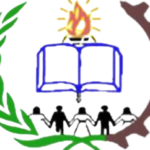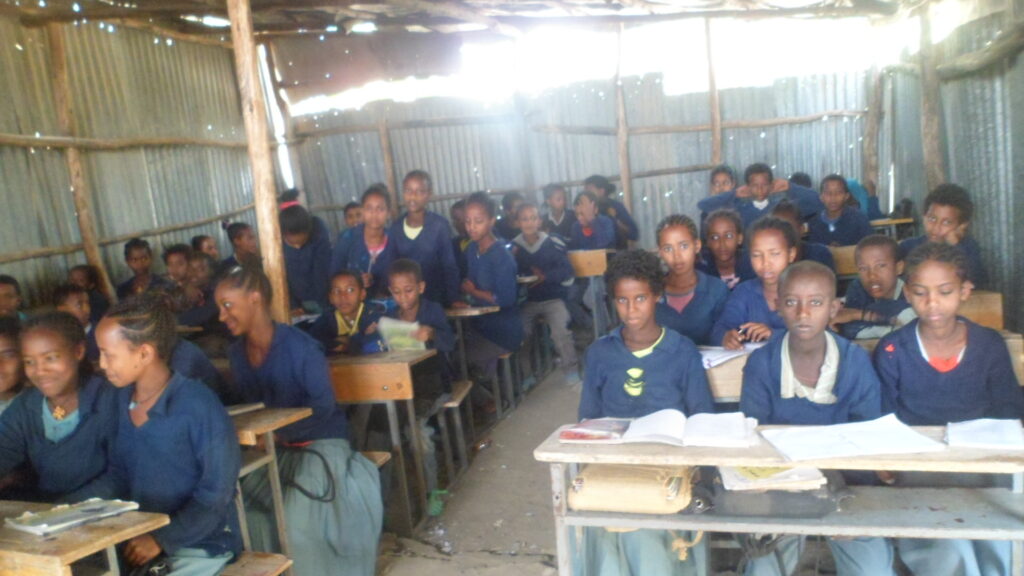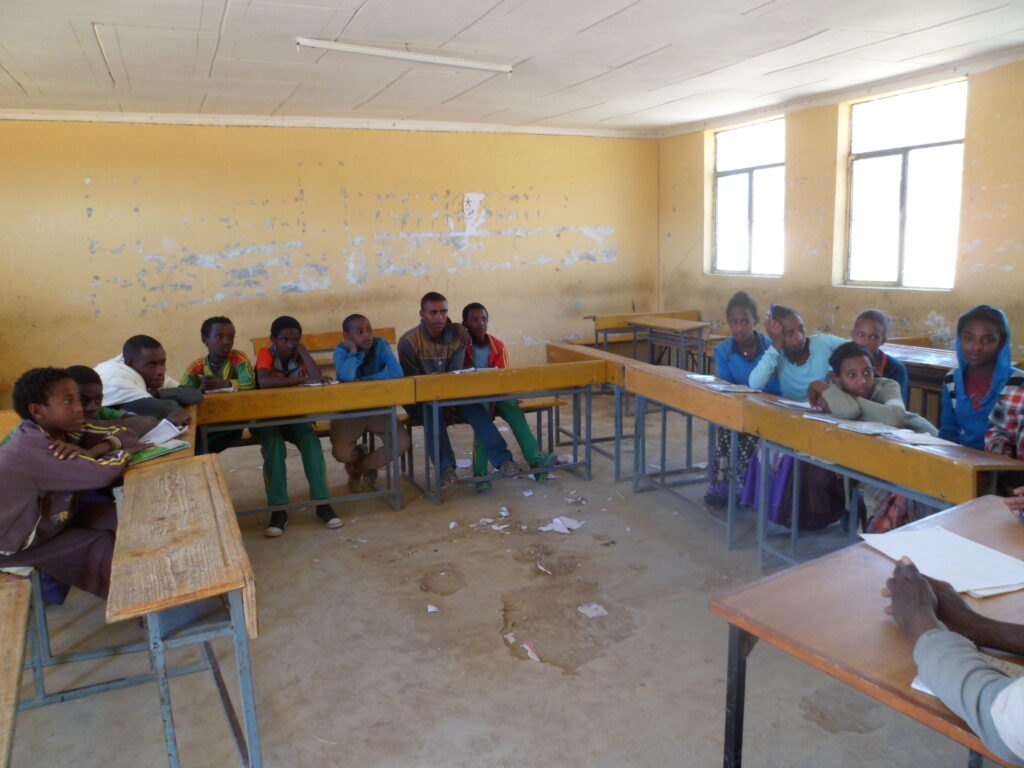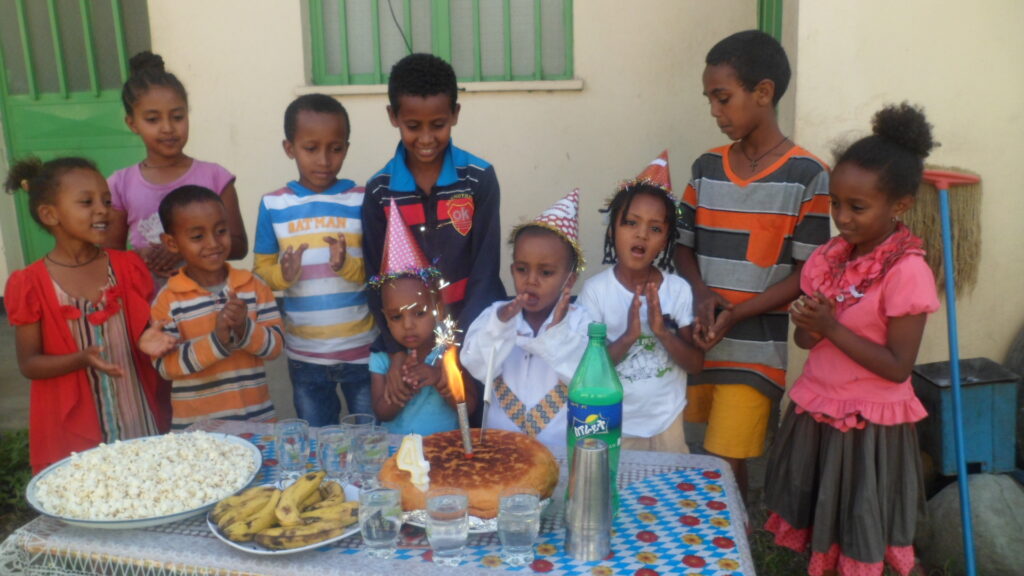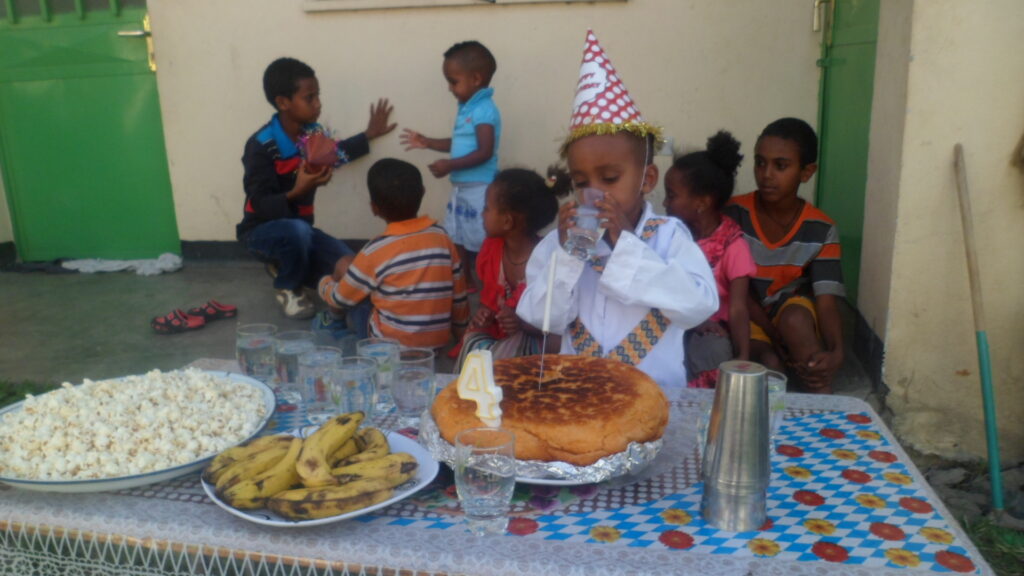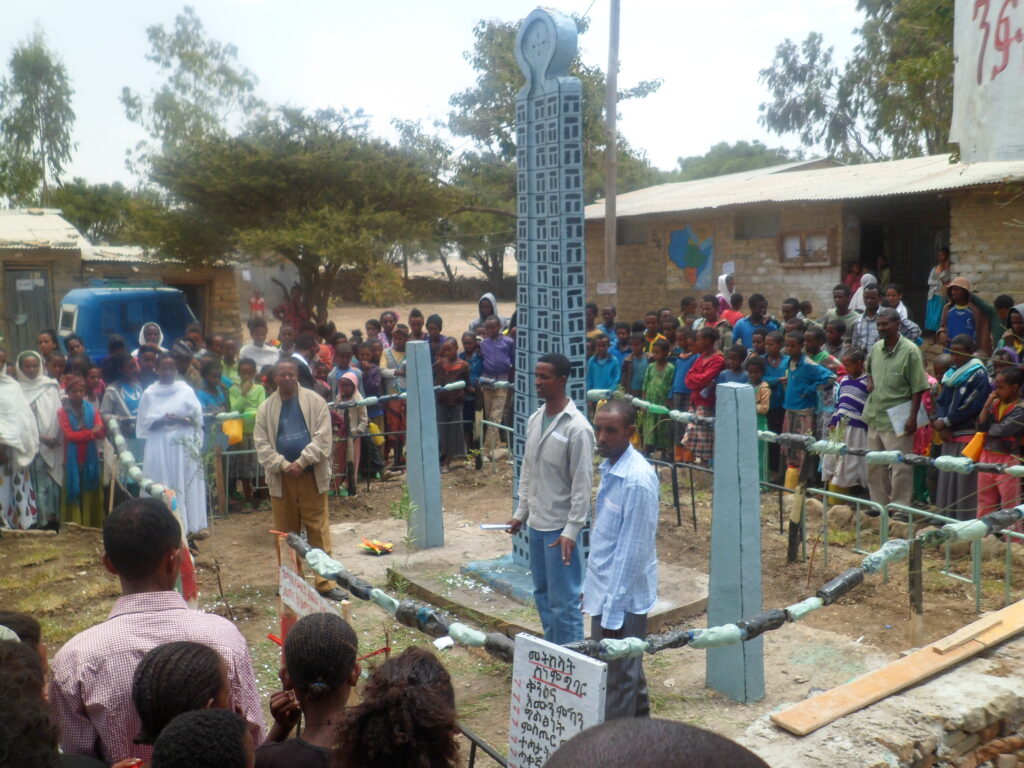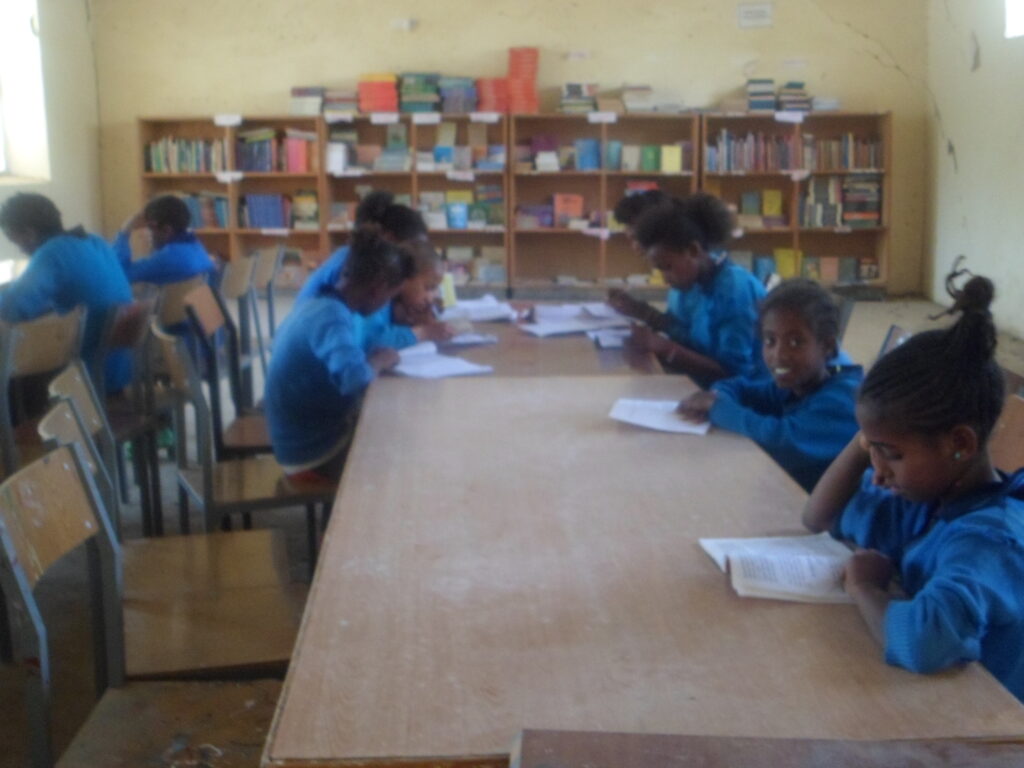Child Right Discussion
Child support
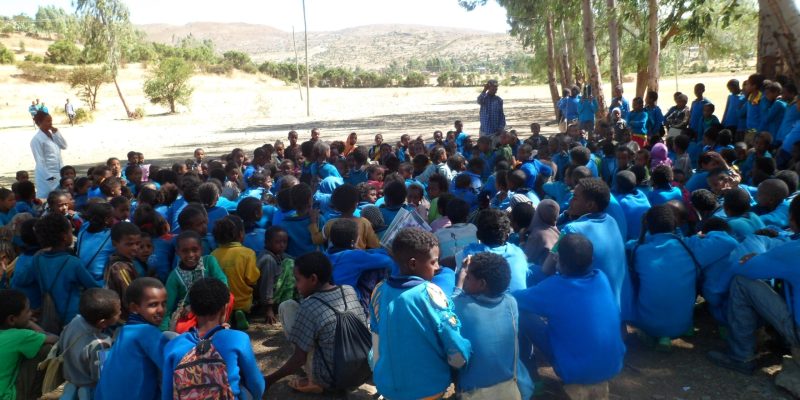
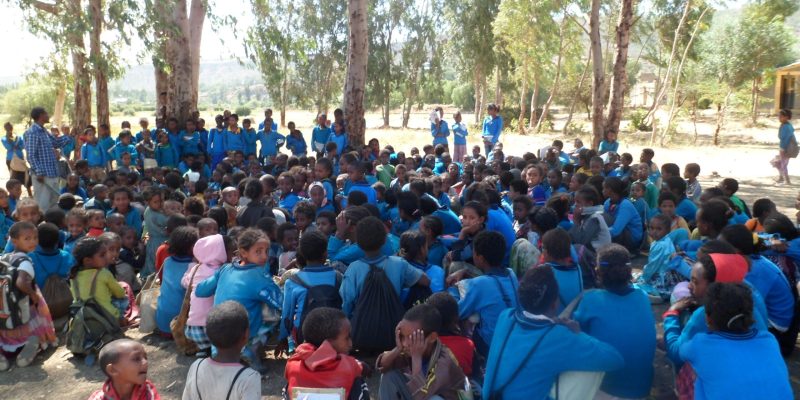
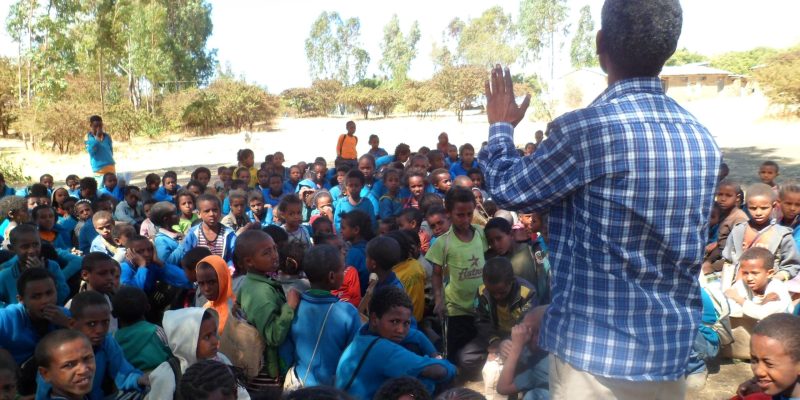
QESDO on Child Protection and paticipation

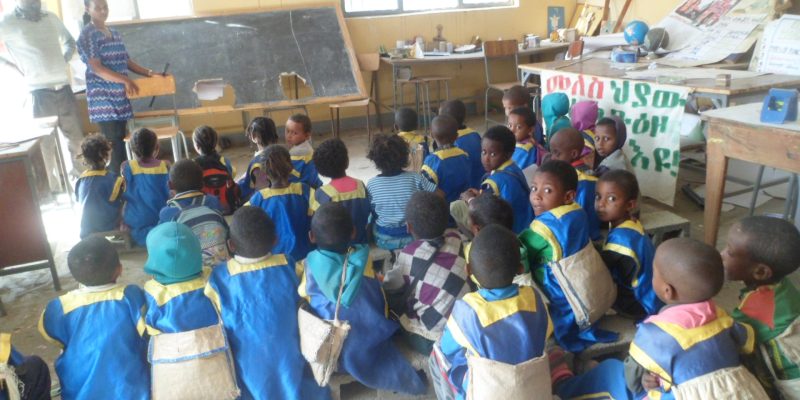
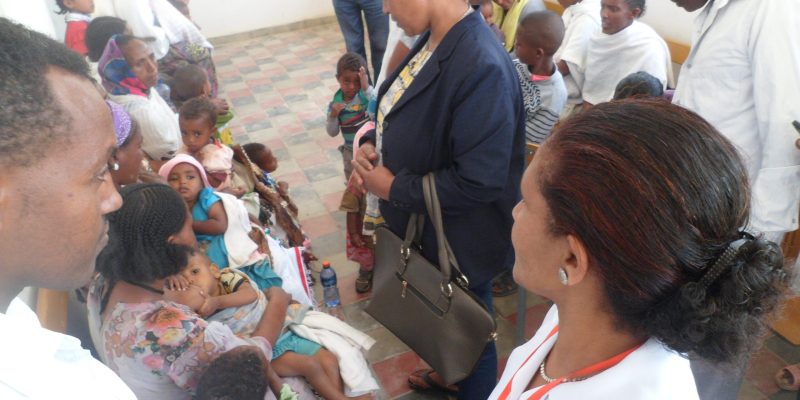
QESDO is working on Child Protection and Participation (CPP) project model is inclusive of all children under 18 years of age and gives attention to special needs of boys and girls. The primary beneficiaries of the Child Protection and Participation (CPP) project model are all children who are in emergency context, children who are at risk of, or currently suffering in situations of abuse, exploitation, neglect, trafficking, discrimination, all forms of violence and torture within families or communities.
CPP is relevant to all life cycle stages of children development. Though certain activities are focused on specific life stages. For example; to ensure protection of children under 12 years of age, more focus is put on building capacity of parent, care givers, primary service providers such as teachers, traditional and faith leaders, CBOs, traditional birth attendants (TBA) and community members from all sub-groups: women, men, girls and boys (including the most vulnerable).
QESDO For children aged 12-18, establish and capacitate children/youth representative groups, develop policies and tools on child & youth participation in decisions & actions to build their life skill and increase their participation in the community as well as across the design, planning, implementation, management, monitoring and evaluation of programs. A single CPP project may decide to target one specific life cycle stage, or to impact all life stages generally. Decisions to focus on specific life cycle stages should be based on the results of the child protection community mapping analysis, Woreda Risk Profile (WRP), selected Child Protection Minimum Standards (CPMS), local partner capacity and interest, and on patterns of violence and exploitation.
QESDO in order to better target the most vulnerable children (MVC) the following methods will be used:
Though the Child Protection and Participation project model focuses on building a protective environment for all children in each community, the most vulnerable children are a special focus for inclusion and impact. In order to better target the most vulnerable children (MVC) the following methods will be used:
Child Protection and Participation
1) Identify which children are commonly excluded in the specific local context: for example, children with disabilities may be excluded from resources and from taking part within their own household, as well as from schools, community resources and access to livelihoods. Girls may be excluded from taking part in community life or from accessing education. Results of the child protection community mapping and Woreda Risk Profile (WRP) will be used to identify which children are excluded, the causes and consequence of their exclusion. After identifying the nature and root causes of exclusion, appropriate response can be designed in a CPP project to address the root causes, and ensure the commonly excluded children are included at all stages of implementation.
2) Using community based child protection mechanisms (CBCPM): community based child protection mechanism is a network or group of individuals at community level who work towards child protection goals. This includes children committee, girls club, parent committee, Idir, youth groups, religious groups, and CBOs. Capacity building trainings will be provided to members of such groups on identifying and referring commonly excluded children to the needed services. Support CBCPM to develop link with formal (governmental) aspects of child protection systems at local, regional and national level. This will increase the access of commonly excluded children to formal and informal care within their community, as well as to protective structures and mechanisms.
3) Promoting Children’s Participation: promoting the involvement of commonly excluded children in the decisions that affect their lives is central to including them in society and increasing their protection. Programing aimed at promoting children’s participation should support excluded children in building self-esteem, resilience and social skills. Children’s groups and peer-to-peer mechanisms can be used to promote the involvement of excluded children within community activities.
4) Involving Children in planning, monitoring and evaluating our programs: the CPP project promotes establishment of CPP group. The CPP group will consist of various stakeholders, including children commonly excluded. These group must place a special priority and be specific in including experience, insights and ideas of excluded children during planning, monitoring and evaluation of program interventions.
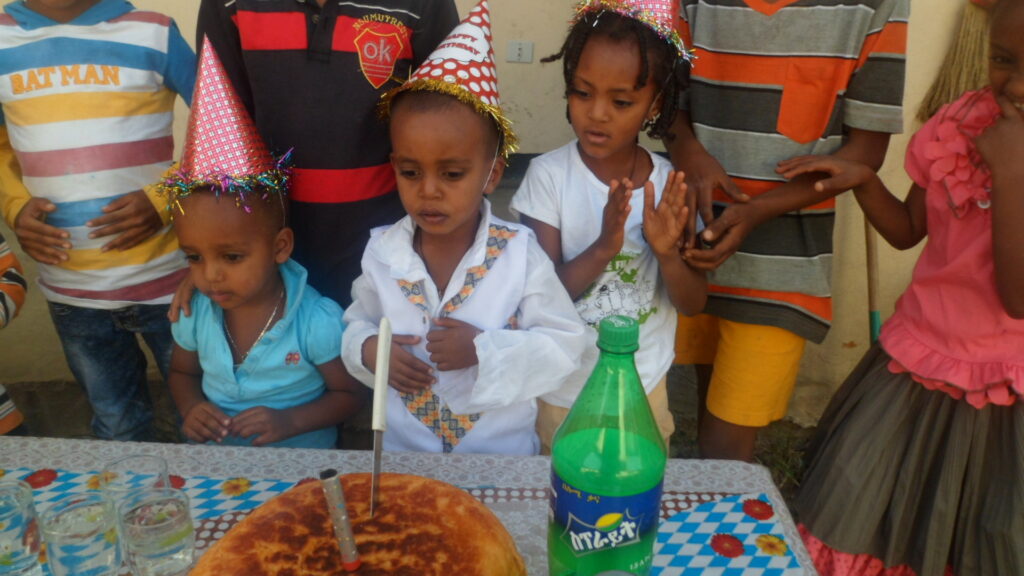
QESDO on Child
Children in school
children discusion
Child Celebration
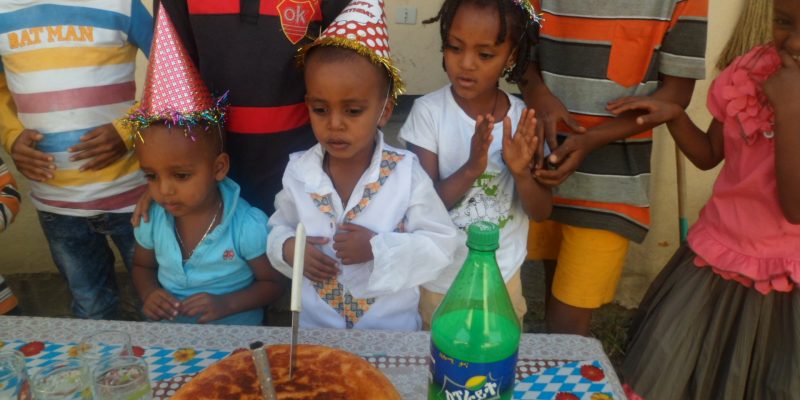



QESDO focus on the following key areas
a) Mobilizing and securing required resources: The necessary technical, administrative and support staff with required level education and experience will be brought on board and financial resource will be solicited and secured for the implementation of the project model.
b) Need identification and proper planning: Child protection and participation issues will be analyzed in participatory manner involving the community, local government offices and other stakeholders through needs assessments and community-based child protection mapping and vulnerability assessments. Existing challenges and root causes of problems related to child abuse, neglect, exploitation and other forms of violence against children as well as the solutions (including existing potentials, resources and appropriate approaches and strategies) to address the problems will be identified and prioritized. Planning is one of the crucial steps that will be given due attention. Planning will be undertaken on annual basis and the work plan that depicted quarterly action plan will be reviewed on quarterly basis. Roles and responsibilities and contribution of each key stakeholders and specific monitoring framework will be set during the planning process. .
c) Building capacity of CB’s, partners’ and local government’s staff on child protection and child participation in decisions and actions: CB’s, partners’ and local government’s staff will have conceptual understanding on child rights, child protection and participation; knowledge and skill on undertaking needs assessment, situational analysis/ gap identification, and conducting child protection community mapping and how to actively involve communities (girls, boys, men, women, community leaders and other influential community members) and relevant institutions (schools, health facilities and law enforcement institutions). Undertaking a capacity gap assessment is crucial. Training, workshop, experience sharing and on-the-spot technical support (providing advice/supportive supervision), coaching, mentoring and role modeling are among the means to build capacity of the CPP workforces.
Child Protection and Participation
e) Strengthening Child Protection and Participation Structures: There are already existing structures, which are directly or indirectly dealing with child protection and participation issues. CB will support communities, institutions and government offices in identifying and strengthening suitable structures. Such structures may include Child Protection Committees in the community, Child Protection and Participation Clubs in schools and Children’s Parliaments. The mandate, roles and responsibilities of the existing structures and how to make better use of them in different context and at different levels (at village, schools, Kebele, district, zone, region and national levels) will be assessed and their capacity will be build (through technical and material supports). Establishing new child protection and participation structures can be viewed as an option if found to be more beneficial or feasible. The roles and responsibility of Child Protection and Participation Structures should be clear and workable aiming at contributing to combating harmful traditional practices and other barriers to child protection (identifying and reporting child abuses, neglect, exploitation and all forms of violation against children, dismantling barriers to child protection, and strengthening the voice of children) and enhancing their meaningful participation in decisions and actions that concern them. Child participation platform will be created and strengthened through CPP structures. The linkages between the structures and child protection stakeholders will be built to proactively response to both systemic and emerging issues including child trafficking and child protection in emergencies.
f) Mainstreaming Child Protection and Participation: CB will ensure that child protection and participation issues inform all aspects of its program interventions including education, health, water, sanitation and hygiene, gender equality, disaster risk reduction and emergency response or humanitarian action. Some of the examples of mainstreaming child protection in education, health and nutrition sectors are presented under ‘Linage and Integration” below
The intervention packages for the project model are categorized into two:
1) Child Protection (including child protection in emergency and DRR) and
2) Child Participation
Each project model should pass through the following processes:
• Need Assessment and Analysis: identifying problems and root causes, gaps and opportunities; and identify and characterizing stakeholders.
• Project Design and Planning: Prioritizing and analyzing problems; setting objectives, results, activities and strategies; budgeting; identify risks and assumptions; planning for monitoring and evaluation, and developing M&E framework and resource mobilization.
• Project Implementation: preparatory works (conducting baseline survey, office set up, staff recruitment), day-to-day execution of project activities and day-to-day follow up
• Monitoring: undertaking regular, participatory and supportive supervision and monitoring.
• Evaluation (mid-term and /or final evaluation.
a) Activities: Child Protection The following are sample activities under respective result to address child abuse, neglect, exploitation and other forms of violence against children.
Result/Output: Increased awareness, knowledge and skills and practices of community, CBOs on child protection and disaster risk reduction (DRR)
• Organize training of trainers (ToT) on Disaster Risk Reduction and child protection for staff of CB, partners and government offices/institution and undertake vulnerability assessment.
• Conduct Community Conversation (CC) and tailored orientation for community members including children, youth and parents, community leaders) on child protect (how to combat/ prevent HTP, child abuse, trafficking and exploitation and violence against children and Disaster Risk Reduction (DRR)
• Conduct awareness raising campaigns and orientation in the communities on the importance of birth registration.
• Provide training to child club, child protection committee members and CBO representatives (f/m) on child protection.
• Deliver life skill training for vulnerable children (f/m) to build their resilience capacity Result/Output: Strengthened child-sensitive child protection structures, referral and linkage, lawenforcement systems.
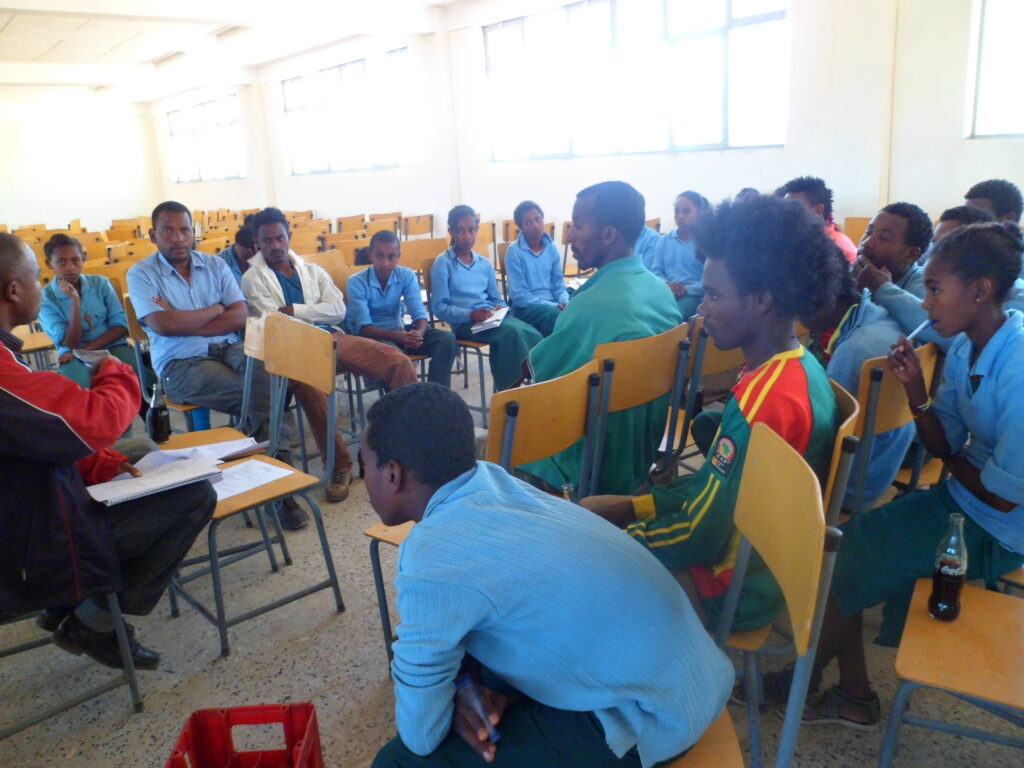
Childs With QESDO
Celebration
Participation

Background
As a non-governmental organization based in Tigray, Ethiopia. QESDO operates primarily in the areas of education, health, and protection to improve the lives of individuals and communities.
Vision
QESDO wants to see inventive and innovative society through ensuring quality accessible and inclusive education at all levels.
Mission
QESDO exists to contribute to the promotion of sustainable economic development through promoting quality education, school health ,research ,gender equality ,advocacy and capacity building training for adults, youths PSTA, teachers ,directors ,student and community in rural and urban areas of Tigray and Afar region.
Values
we QESDO value to transparency ,accountability , equality ,inclusiveness ,integrity , honest and fairness.
